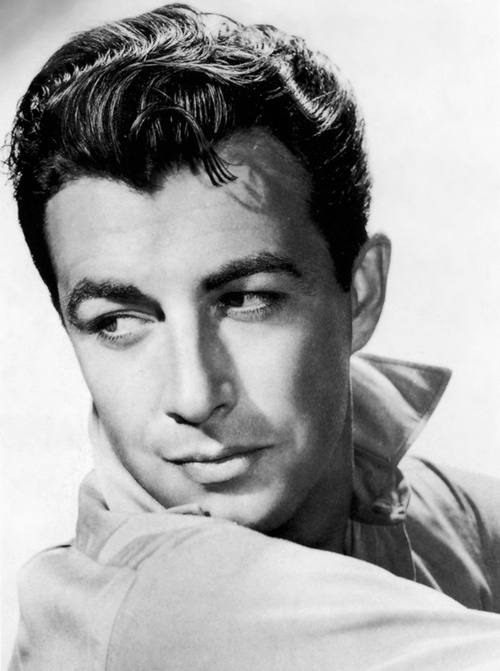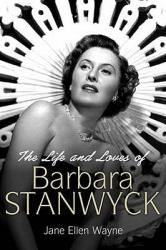
Trude, takes the stage into open country, but shortly afterward, Jeff learns that Nanchez and some of his braves have escaped from the fort.

The driver, a hardened character named Mr. At one of the stagecoach's stops, Jeff disembarks while a rancher named Charlie Travers, a Hispanic woman named Señora Sandoval and her pretty granddaughter Consuela climb aboard. While riding on the stage, Hook and Cora befriend Jeff Bennett, a young cowboy who has lost his horse in a poker game. Cora describes her husband Fred as a kind man who surely will learn to accept Quito as his own son. In order to survive, she explains, she adopted Apache ways and finally became accustomed to life with the tribe.

Hook punches the troublemaker and secures food and clothing for his charges, and Cora begins to tell Hook about her experiences with Nanchez. While the three await the stagecoach at a nearby station, a local settler insults Cora and grabs her son, whereupon she breaks her silence, screaming that the man is an animal and that she will kill anyone who harms the boy. As Nanchez looks on, Hook leaves the fort with Cora and the boy, intending to deliver them to Fred in San Miguel, a small town near Tucson. Cora, refusing to speak to anyone, accompanies her boy and the other prisoners to the fort, where Colonel Weaver, after suggesting that Cora should have killed herself rather than be taken as Nanchez's squaw, conducts a search and finally locates the woman's white husband Fred. Cavalry finally captures Apache chief Nanchez, described by one of the soldiers as "the worst butcher in the territory." As the troops are rounding up the families of the killed and captured braves, they discover that the mother of Nanchez's small son Quito is Cora Sutliff, a white woman captured by the tribe some years earlier. "Stanwyck was a woman.whose screen persona challenged respectability because of the strong and independent women she embodied in the 1940s.Led by Sergeant Clovis Hook, the U.S.

In the book Encyclopedia of Gay and Lesbian Popular Culture, Luca Prono notes that in the 1960s, 1970s and even into the 1980s, Stanwyck was seen as a cultural and personal template for lesbians."Stanwyck acquired the status of icon within lesbian communities," he writes. Ferguson was by Stanwyck's side for the bulk of her career, from the Hollywood heyday to the 1960s, when Stanwyck began portraying a series of pioneering women on television shows like Wagon Train and The Big Valley.Ħ.

The women never defined their relationship, but if Stanwyck's marriages to men were described as lavender, Stanwyck and Ferguson's union may very well have been of the Boston variety. Of all the people Stanwyck was close to, her most consistent relationship was is with her very loyal, sometimes live-in girl Friday, the prototypical actress-turned-publicist Helen Ferguson.


 0 kommentar(er)
0 kommentar(er)
